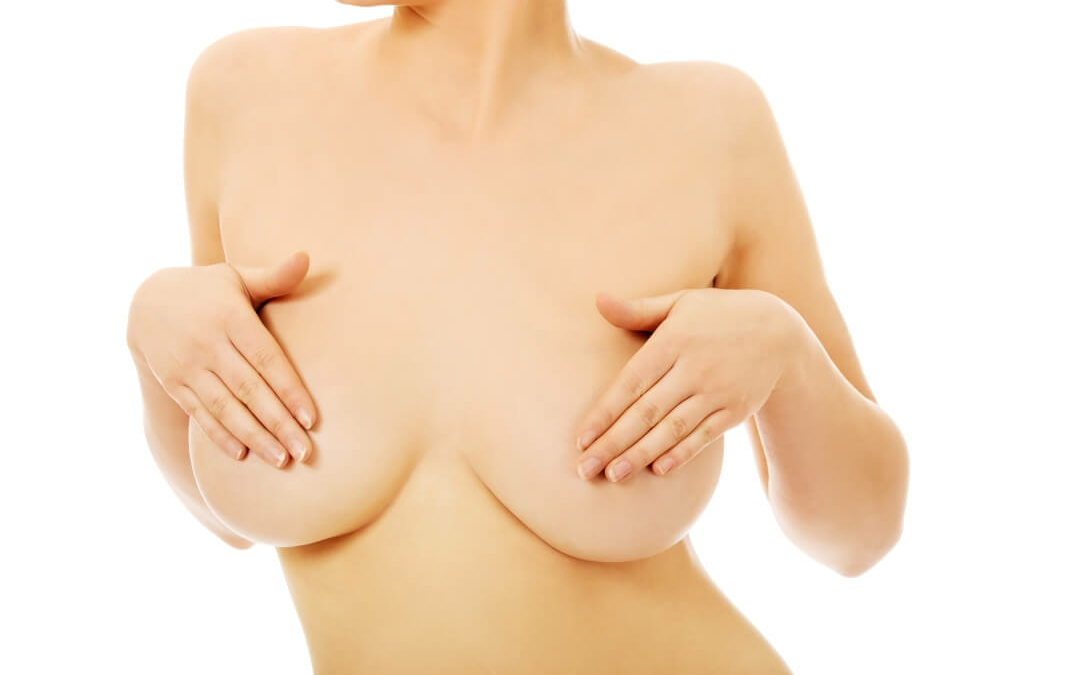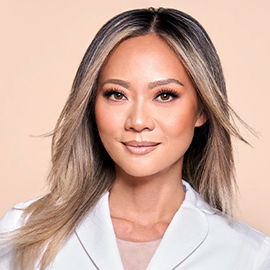Exploring the Causes Behind Inverted Nipples: A Comprehensive Guide
In a world where embracing every part of ourselves is becoming the norm, there’s still a topic that’s not openly talked about: inverted nipples. But what causes inverted nipples, and why’s this a question so many keep under wraps?
While the body-positive movement doesn’t openly discuss this hidden concern, it’s much more common than you realize. In fact, about 10% to 20% of the general population struggles with this same insecurity.
…but are inverted nipples actually treatable?
With thousands of breast surgeries under our belt, Dr. Cat Plastic Surgery has seen and treated a spectrum of nipple concerns. Our goal today? Empowering you to feel confident and comfortable in your skin, too.
Read on as we discuss why inverted nipples develop in the first place, potential treatments for correcting inverted nipples, and other insights for addressing this delicate subject.
Understanding Inverted Nipples
An inverted nipple is a condition where the nipple retracts into the breast instead of pointing outward. It can happen to men or women, as well as one or both nipples.

Nipple inversion is split into three grades, depending on the extent of inversion and your nipple’s mobility:
- Grade 1: You can easily pull out your nipple so it maintains projection.
- Grade 2: You can pull out your nipple, but not as easily as grade 1.
- Grade 3: You are unable to pull your nipple, even when pinching or stimulating it.
Inverted nipples that fall into grades 1 and 2 are usually a harmless, healthy part of breast anatomy. However, in some cases (like grade 3), they can pose physical challenges or signal underlying health conditions.
For example, many women with inverted nipples have no issues breastfeeding or getting their baby to latch. But if you can’t evert (or pull out) your nipples with stimulation or suction, breastfeeding with inverted nipples may be more of a challenge.
Moreover, any sudden changes in the shape, size, or texture of your nipples (or breasts) can indicate health issues, like disease or cancer (more on this in a minute).
The emotional impact inverted nipples can bring is just as difficult. For some, it’s feelings of self-consciousness or embarrassment, especially during intimacy or social situations. Women can also experience anxiety or inadequacy in terms of their ability to nurse a child.
So, why do inverted nipples happen? It could stem from a range of reasons.
Causes of Inverted Nipples
Most people are born with inverted nipples, but it’s also possible to develop them later in life.
Some common causes of inverted nipples are:
- Congenital nipple inversion: genetics, tighter connective tissue, and shorter than usual milk ducts can all contribute to inverted nipples at birth.
- Hormonal shifts: when it comes to your nipples, hormonal changes during puberty, pregnancy, or menopause can prompt your breasts and nipples to change.
- Mastitis: Bacteria can invade your nipple and cause an abscess or clogged mammary (milk) ducts, resulting in inverted or flat nipples.
- Nipple trauma: complications from breast surgeries, traumatic accidents, and even breastfeeding also alter your nipple’s anatomy.
- Benign breast disease: inverted nipples are often a symptom of this condition, which makes you more likely to develop noncancerous lumps in the breast.
- Breast cancer: nipple inversion can also be a sign of breast cancer if a breast tumor invades a milk duct, causing your nipples to flatten or invert.
- Paget’s disease of the breast: this rare type of breast cancer (which is often mistaken for eczema) presents in the skin of the nipple with symptoms like rash, inflammation, or an inverted nipple.
As we mentioned earlier, inverted nipples are often nothing to worry about and don’t even require treatment. That said, it’s still a good idea to get them checked and rule out any underlying issues.
Diagnosing Inverted Nipples
So, how does your doctor differentiate between normal nipple variations and those that need medical attention?
First, they usually start with a physical exam. This helps them look at the area in person, assessing its response to stimulation or temperature changes. They’ll also check for any lumps, bumps, or signs of potential infection.
During this exam, you’ll also discuss your medical history, medications, recent breast changes, and overall health.
Your doctor may suggest further tests to help with diagnosing inverted nipples and their root cause, such as:
- Mammogram: an X-ray of your breast, essential for women over 40 or those with a family history of breast cancer.
- Breast ultrasound: an imaging test that uses high-frequency sound waves to provide a clear view of your breast tissue, especially in those with dense breasts.
- MRI (magnetic resonance imaging): an imaging test that uses a large magnet, radio waves, and a computer to produce detailed images of inside your breasts.
- Needle biopsy: a thin needle and syringe is used to pull out cells, tissue, or fluids from the breast to diagnose abnormalities or cancer.
Given that there are no health issues and your nipple inversion is simply a concern of aesthetics or worry for potential breastfeeding issues in the future, you do have some ways to correct it.
Given that all checks out and your nipple inversion concerns are primarily cosmetic or about future breastfeeding, rest assured—you have a few promising solutions available.
Solutions for Correcting Inverted Nipples
There are a few techniques for correcting inverted nipples—some more effective than others:
Inverted nipple surgery
This procedure, which is typically outpatient, can be performed under local and/or general anesthesia. Your surgeon typically starts by making a discreet incision along the lower edge of the nipple. This allows them to lift the nipple and access and release the fibrous tissue that’s pulling it inward from below.
They then add two vertical and horizontal stitches to support your nipple’s new projection. Your entire surgery is done in about an hour, given that it’s not combined with other procedures (like an augmentation or a lift).
Non=surgical devices
If you’re not quite ready for surgical intervention, there are some devices designed to help your nipples protrude over time.
Nipple shields, for instance, are worn over the nipple and areola during breastfeeding. These can help draw out your nipple by providing a firm surface for the baby to latch onto. You can also use suction devices, which gently pull the nipple outwards, encouraging it to protrude gradually.
While these methods are less invasive than surgery, they’re also less effective and often temporary. For this reason, they’re usually ideal for women who need immediate assistance with breastfeeding challenges related to inverted nipples.
Perk Up Your Confidence with Dr. Cat Plastic Surgery
Now that you know what causes inverted nipples and that you’re not alone, you can approach them with confidence and understanding.
Whether your concerns are aesthetic, functional for breastfeeding, or just out of curiosity—remember that you have various solutions within reach.
Dr. Cat’s decades of experience in breast surgeries, combined with her personal journey and expertise in revisions, gives her intimate insights into breast anatomy and its complexities.
The self-love revolution is here—we can’t wait to help you embrace it fully.

